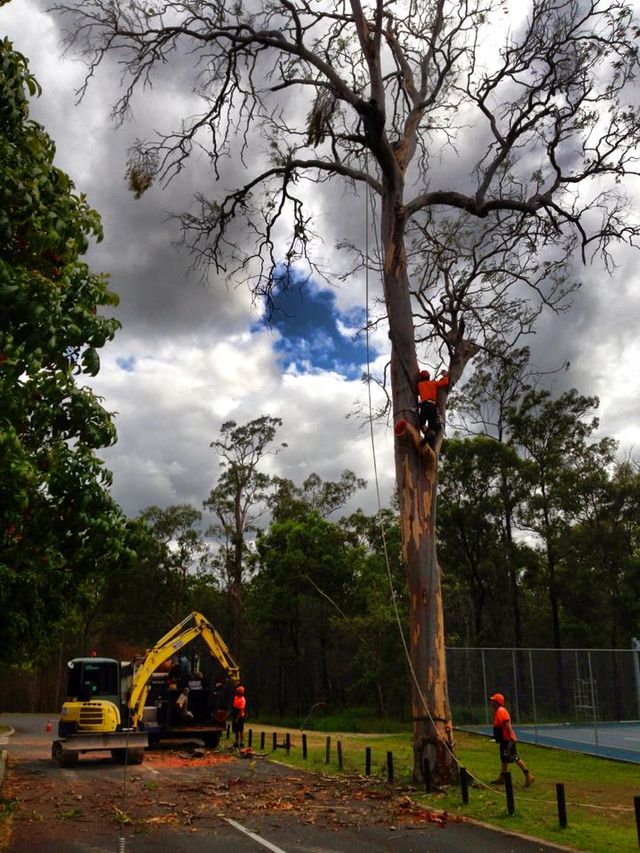Whether you own a property or have a large tree on your land, there are some times when it may be best to opt for Tree Lopping.
However, the process is often more expensive than you might think. It is a temporary solution that can be avoided by taking proper care of the trees on your property.

Overgrown branches
Overgrown branches can pose a safety risk to your property and nearby people. They may damage or harm vehicles, homes, buildings, and even your pets.
Moreover, overgrown tree branches can pose a danger to utility lines, sparking fires that can cause serious damage and injuries to people and property. They also make it difficult to keep your trees properly trimmed.
Lopping can remove a large percentage of the leaves and branches from your trees. As a result, your trees are forced to starve for resources and can become seriously weakened.
Moreover, overgrown tree branches can be a breeding ground for pests such as rats and possums. These pests can easily find hiding places among the branches and invade your home and yard.
Diseased or Dead branches
If a tree’s branches have been damaged by pests or disease pathogens, cutting them off gives the tree an opportunity to heal itself. It also directs nutrients to healthy branches and minimizes the chance of pests or diseases establishing themselves in the area.
A good way to tell if a branch is dead or just dormant is to look at the condition of the buds on that limb. Buds that are dry and shriveled are a sign that it’s receiving no water or nutrients.
Fungi that grow on a rotting trunk or tree are another indicator of decay. These fungi use the nutrients in the decaying wood to grow, making it difficult for the tree to survive.
When a tree is leaning from its base, it’s an indication that the roots are weakening or breaking. This could be a symptom of root disease or damage from an excavation near the tree. It’s important to keep a safe distance from a tree with this problem.
Branches blocking sunlight or obstructing views
When a tree is blocking your view or sunlight from your property it can be frustrating, particularly when you have spent a lot of time and money looking for a home with that perfect view. It can also be detrimental to your property’s resale value if you do decide to sell it.
It is important to understand your legal rights when it comes to trees growing on a neighbor’s land that is affecting you. You can claim compensation for damage or get an order to prune a tree that is dangerous, difficult to access, or a hedge that blocks sunlight or a view.
Often, these disputes can be resolved quickly and easily by communicating with your neighbor. It is a better strategy than taking action in court, which can be expensive and stressful.
Branches that pose a safety risk
Branches that are too big, weak, or close to power lines pose a safety risk. When trimming tree limbs, you should always stay at least 10 feet away from power lines.
You should also avoid climbing on a ladder near power lines. A ladder may be used to reach branches or remove them, but it should not be placed in a pickup bed for added height.
Another hazard that is common during tree pruning is falling from high places. Falling limbs can cause severe injuries and can be fatal if you are not wearing proper safety equipment.
In addition, dead limbs or branches that are decaying and have no bark on them can cause serious damage to people and property. They can also become a hazard in storms.